Digging into the Drilosphere

Have you ever wondered why sidewalks and the ground are littered with earthworms on rainy days?
We hear a lot about earthworms—and how they are good for our gardens—so today we're going to dig deeper and learn a bit more.
We have around 180 species of earthworms in North America. Most live in the soil, but we also have earthworms that live in rotting logs, in trees, in water, in mud, and even on the seashore.
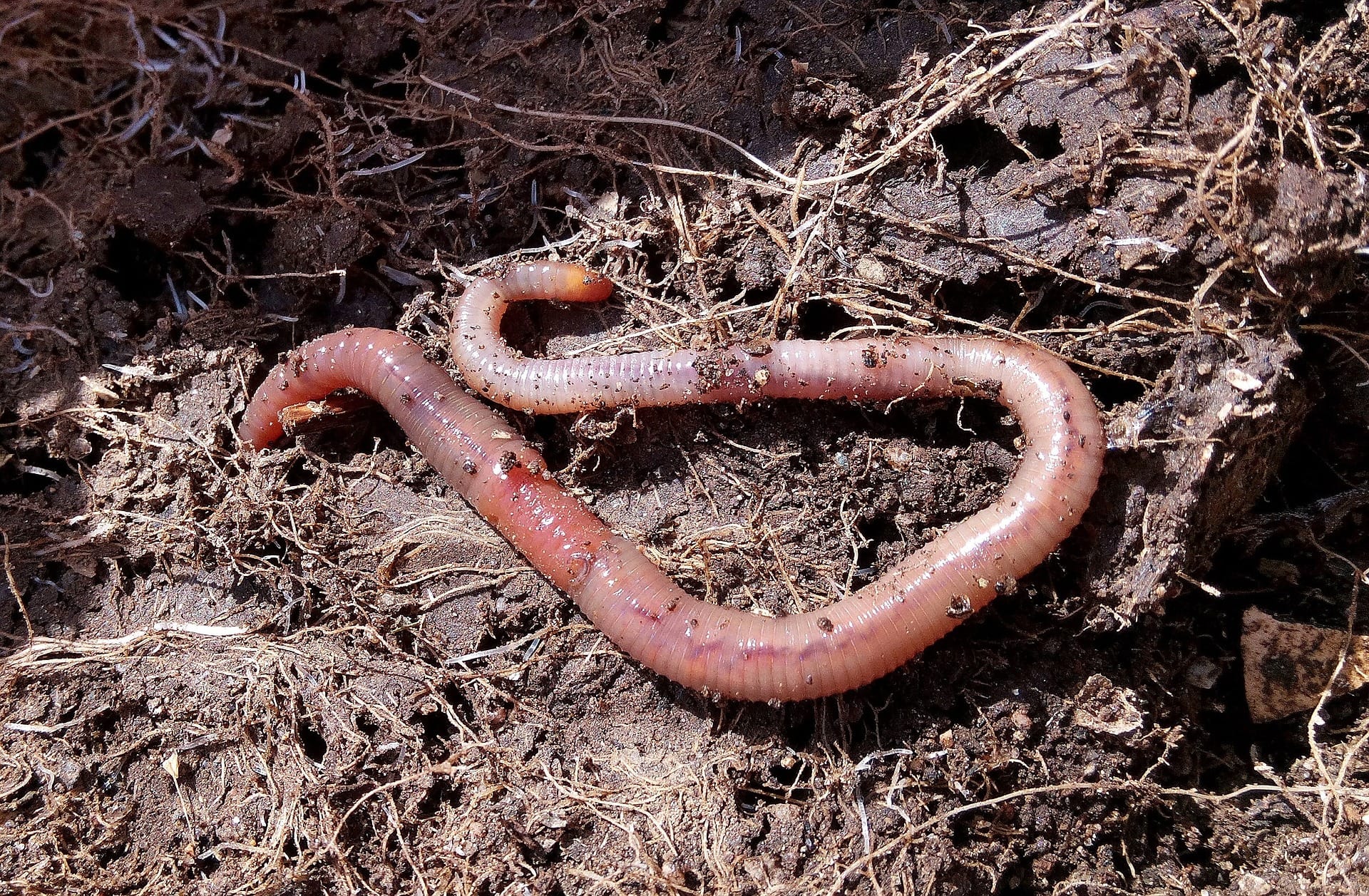
Ultimately, earthworms are one of our most important soil organisms. There can be nearly 2 million earthworms per acre in fertile soils, and even in poor soils there are still hundreds of thousands.
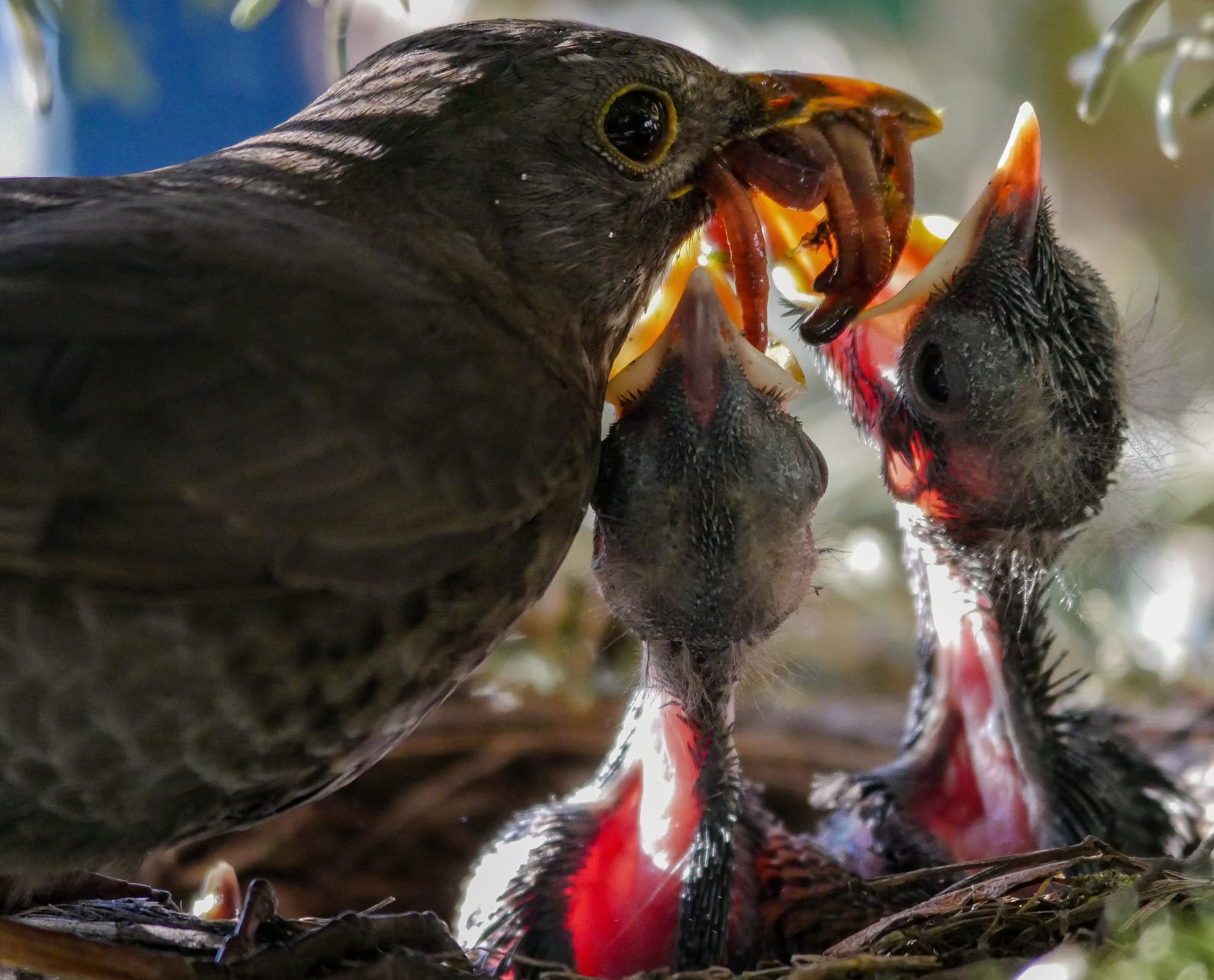
Charles Darwin spent 40 years of his life studying earthworms and calculated that, on an acre of land, worms can produce 18 tons of worm castings (poop!) per year. However, more recent calculations have revealed that worms actually contribute well over 5000 tons (per acre) each year, which means they are having an immense impact on the soil.
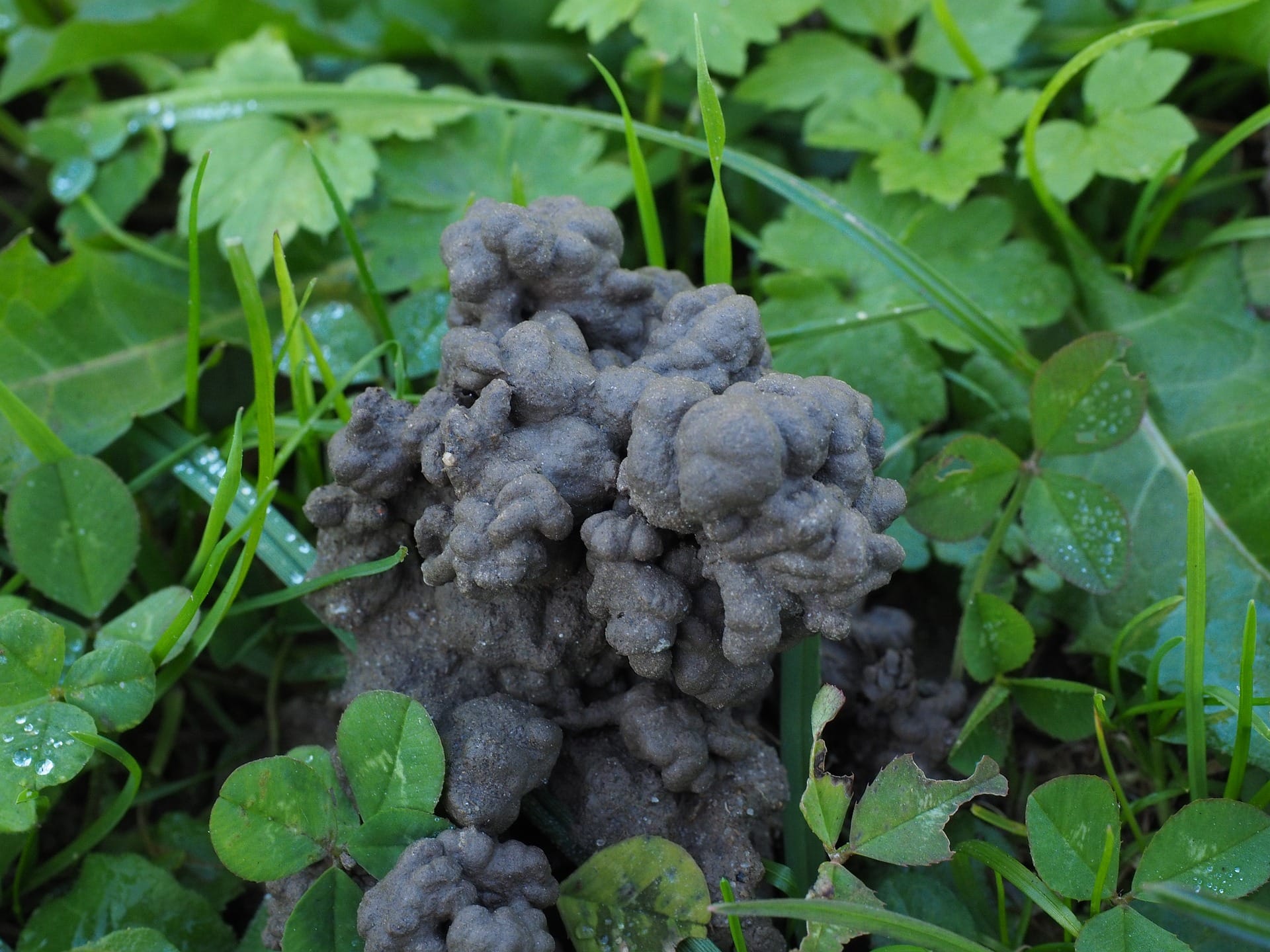
This matters because vast areas of North America had no earthworms when the massive icefields of the Pleistocene melted 10,000 years ago. Then European settlers introduced exotic earthworms that became superabundant and started altering native ecosystems.
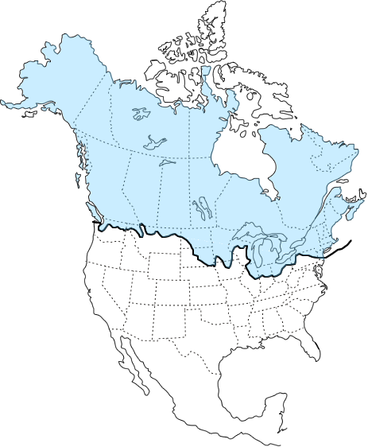
Thirty percent of the earthworm species now found in North America are introduced.
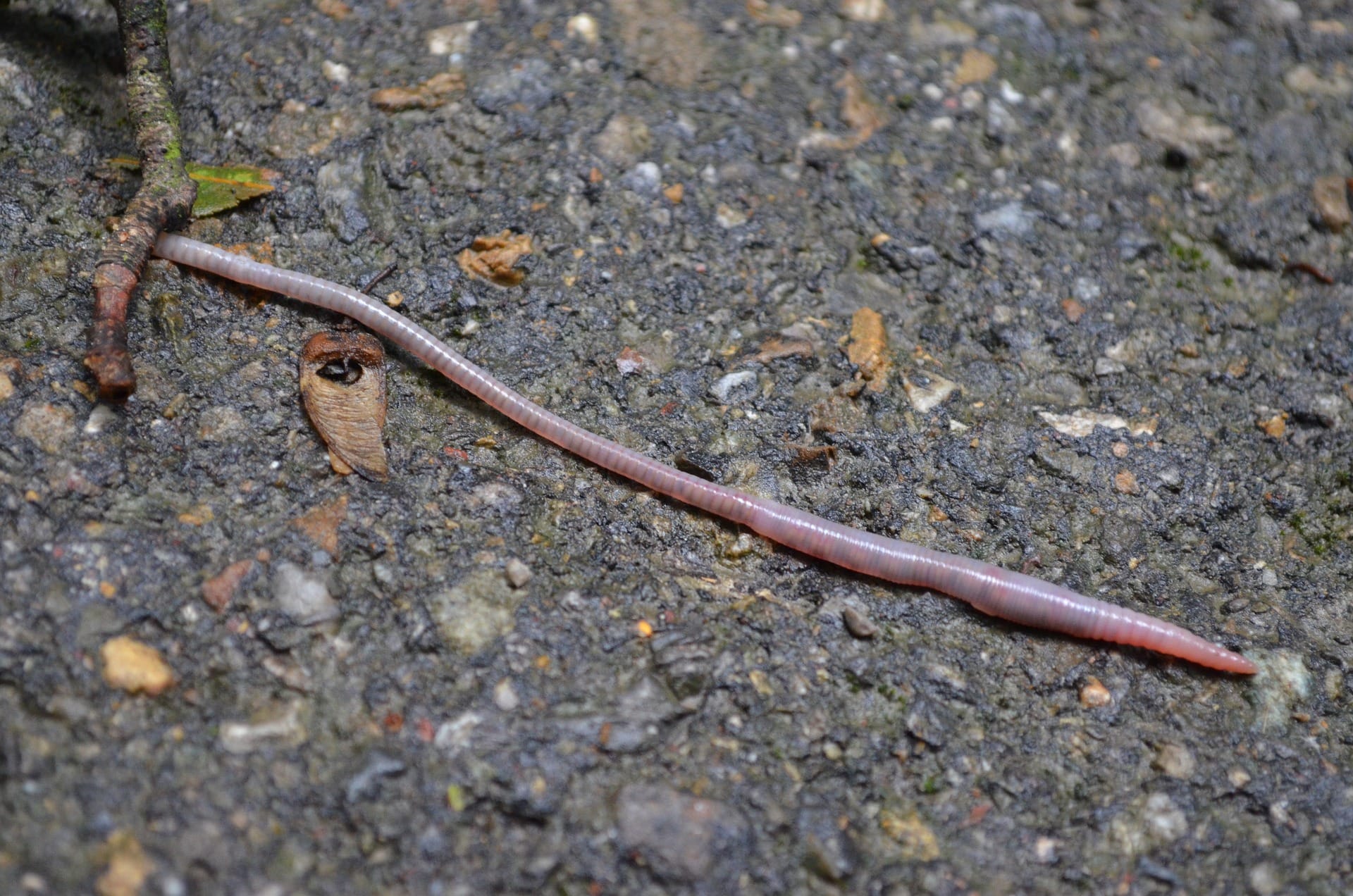
The primary impact of worms is that they devour organic matter and mix the leftover bits into the soil. Soil that has been affected by earthworm secretions, burrows, and poop is called the "drilosphere," and this is an area where microbial communities and nutrient pathways are incredibly prolific.
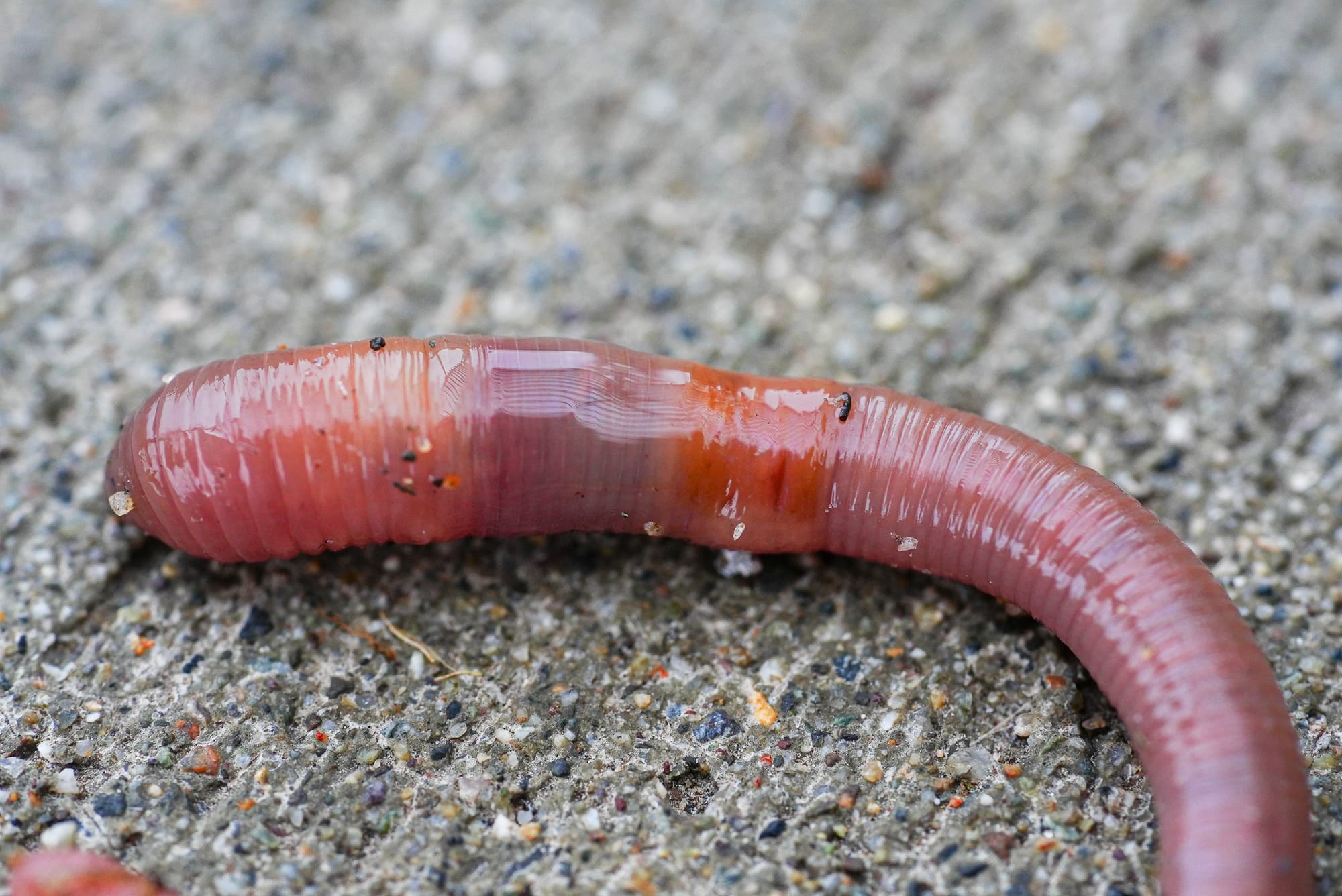
In a garden setting, this mixing and enriching of soil is beneficial, but in a native ecosystem something else can happen.
Native ecosystems are often built around a steady accumulation of leaf litter on the ground. This leaf litter provides homes and supports food webs for nesting birds, small mammals, reptiles and amphibians, and countless invertebrates.
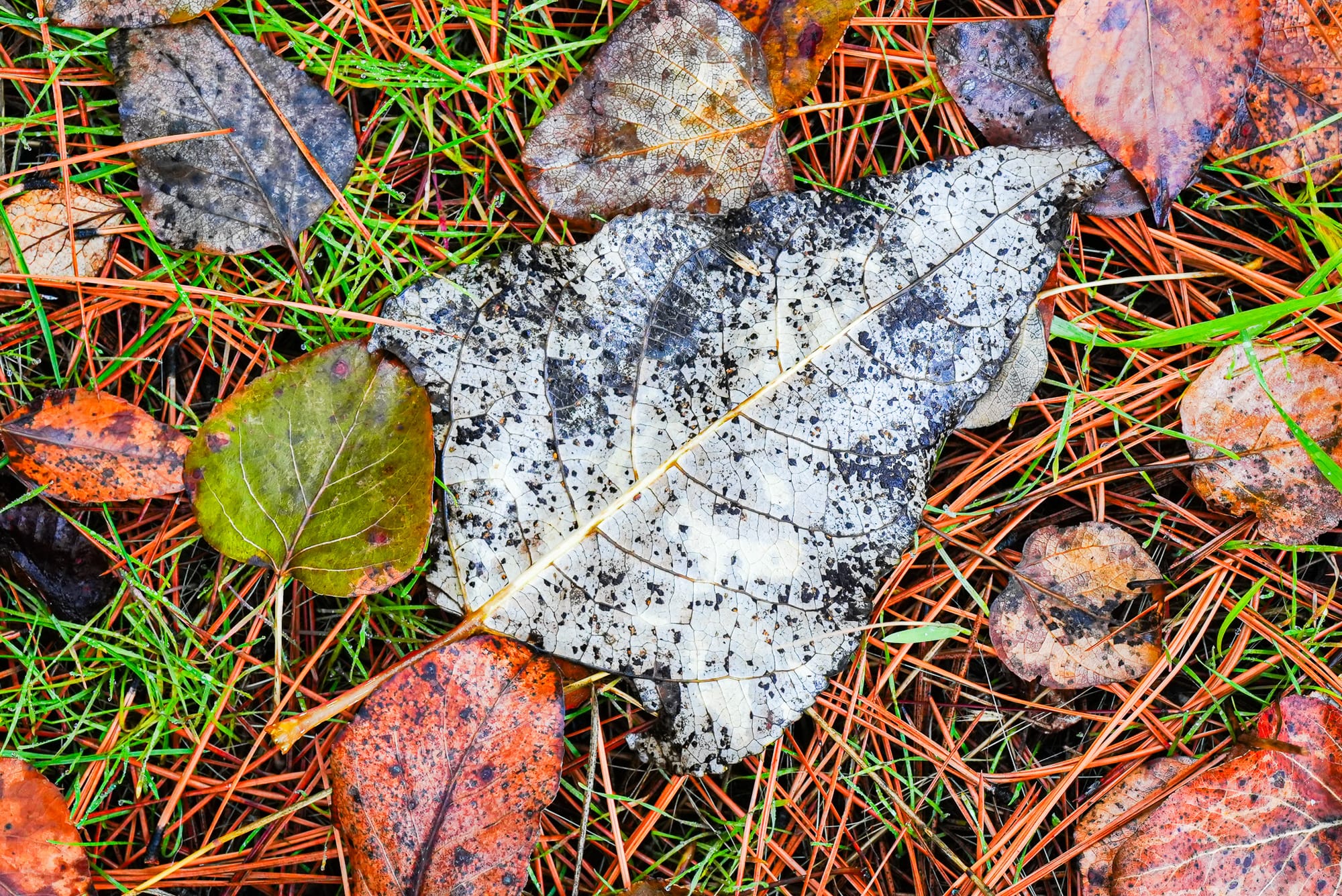
But, when earthworms are introduced, or when nonnative earthworms take over, they quickly consume this layer of accumulated leaves, leaving behind exposed soil surfaces and turning soft, spongy ground into compacted soils.
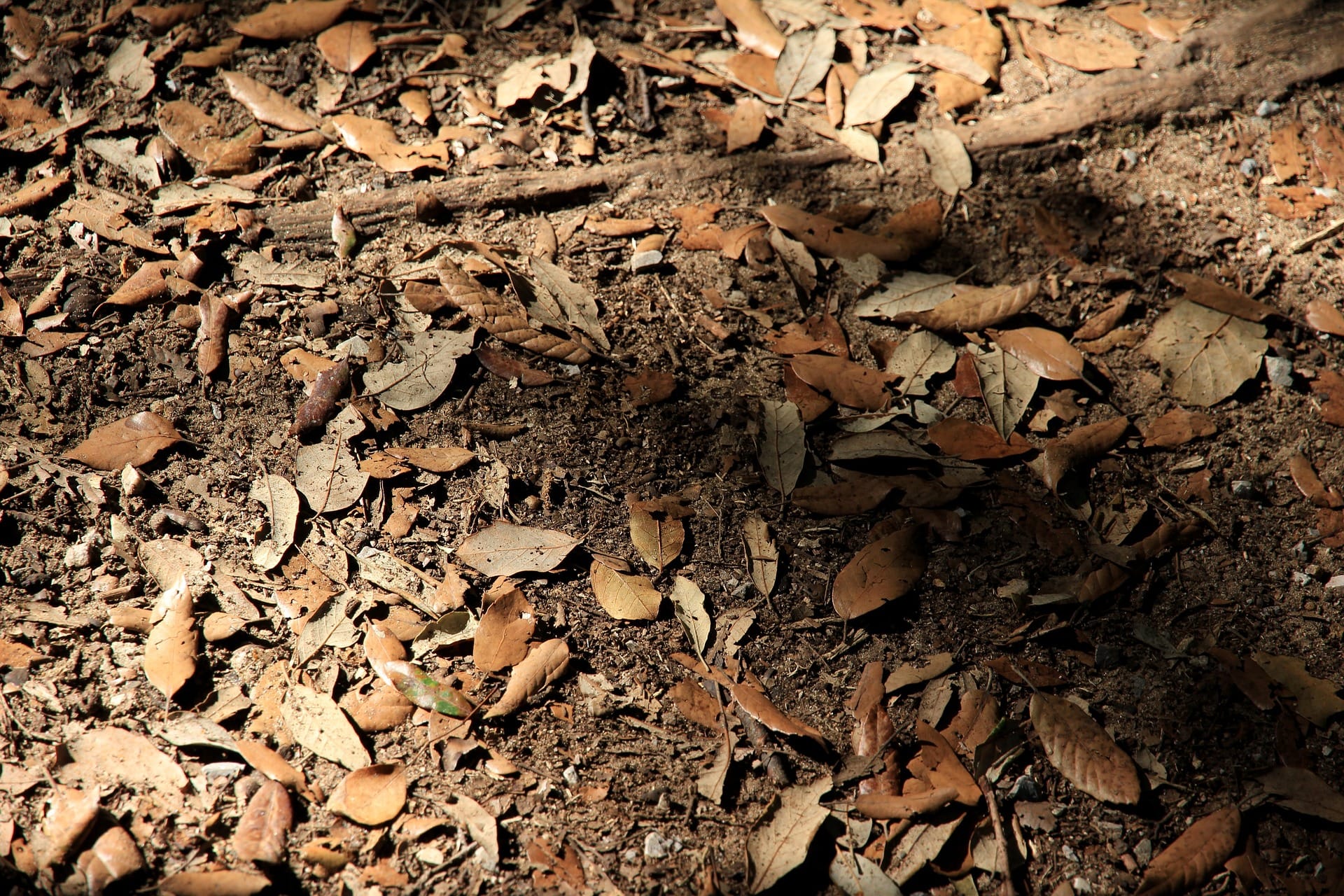
Earthworms have significant impacts on our soils, and it's a mixed bag. Whenever you introduce trillions and trillions of organisms to a new environment you know there are going to be big changes, yet earthworms have become so common and familiar that most of us never think about these impacts.

Member discussion